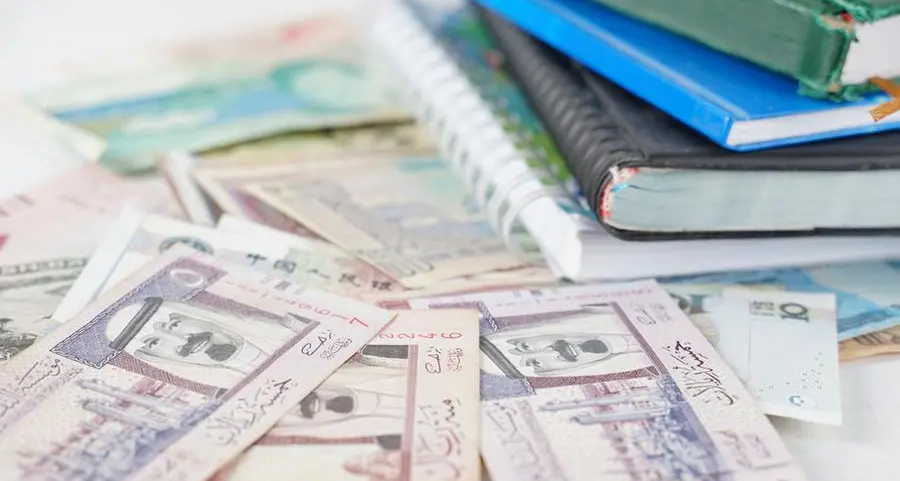PHOTO
Image used for illustrative purpose..General view of the newly built Merowe Dam in northern Sudan, August 14, 2007. The dam will start generating power next year, stepping up the country's electricity out put to meet growing development needs, President Omar al-
Global hydropower investment must reach $130 billion per year by 2050 to double capacity and achieve climate goals, a new report by International Hydropower Association (IHA) has said.
The report ‘2024 World Hydropower Outlook’ echoes the call from the International Energy Agency (IEA) and the International Renewable Energy Agency (IRENA) for a significant expansion of hydropower capacity, roughly twice the current amount of hydropower installed globally, to achieve net zero.
The Outlook noted that the hydropower industry may meet the 'tripling up' objective agreed at COP28, as the annual delivery rate needs only a small increase from about 20 gigawatts(GW) to 25GW. However, to achieve net zero, delivery must more than double to about 50GW/year and be sustained until 2050.
In 2023, hydropower capacity grew by 13.5GW to 1,412GW, of which Pumped Storage Hydropower (PSH) grew by 6.5GW to 182GW.
Similar to the spending trajectory seen in nuclear, coal, and gas technologies, global hydropower investment fell from $75 billion in 2020 to $54 billion in 2023, below the 2010s average. To double hydropower capacity by 2050, IHA estimates that a cumulative investment of approximately $3.7 trillion or about $130 billion annually is needed (compared to $65 billion annually at present). In regions like Africa, annual investment must grow from current $3.5 billion to $23 billion.
However, securing financing to progress beyond the Final Investment Decision (FID) remains a challenge, the key road blocks being the capital-intensive nature of hydro projects and the risk of cost and budget overruns.
The IHA report emphasised the need for both public and private sector involvement to bridge the funding gap. Public funds currently account for more than two-thirds of investment in hydropower, a higher proportion than in other renewable technologies.
But as public funding becomes increasingly distributed across various aspects of the energy transition and climate adaptation, private investors will need to bridge the gap to meet the required $130 billion annual investment. To attract more private capital into the sector, IHA’s Policy and market recommendations include:
• Build a bigger pipeline of quality projects to invest in.
• Support industry efforts to derisk project development and construction.
• Implement support mechanisms that are “long, loud and legal” to secure finance at minimum cost.
• Reward hydropower generators for all the services they provide, preferably under long-term contracts.
• Mitigate off-taker and foreign exchange risks to ensure development can happen cost effectively in all countries.
• New capacity should be private sector developed but public sector enabled.
(Editing by Anoop Menon) (anoop.menon@lseg.com)
Subscribe to our Projects' PULSE newsletter that brings you trustworthy news, updates and insights on project activities, developments, and partnerships across sectors in the Middle East and Africa.























